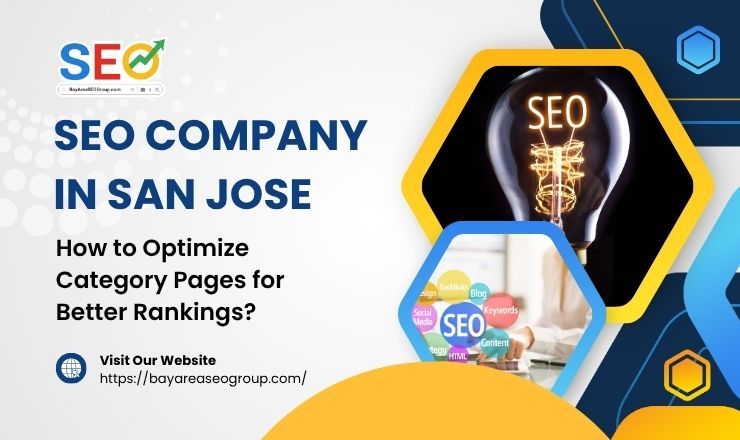When it comes to SEO, many companies prioritize their home pages and product pages. However, category pages are equivalent to these pages, especially for eCommerce websites and service-based businesses. Category pages help users navigate your site, and could potentially bring lots of organic traffic if optimized appropriately. So, how do you optimize category pages to increase your SERP ranking and improve user experience? Read on the blog to get helpful insights:
1. Start with Keyword Research
Keyword research is the foundation of any SEO strategy as you need to find relevant keywords that align with the intent of your category. It should include a combination of primary keywords ( "men's running shoes") and long-tail variations ( "best trail running shoes for men"). There are many tools including, Google Keyword Planner, Ahrefs, or SEMrush that can help you in keyword research.
If you are working with an SEO company in San Jose, they will help you identify exactly what your audiences are looking for.
2. Craft a Unique and Descriptive Title Tag
Each category page should have a unique title tag. This title tag should include your primary keyword and be below 60 characters and be clickable. Here's an example:
"Men's Running Shoes - Road & Trail Running Selection"
This title tag works in two ways: it tells search engines what the page's content is about and will help Click-Through Rate (CTR) whenever a user sees it on the search results page.
3. Write a Strong Meta Description
Meta descriptions don’t directly affect rankings, but they can influence clicks. So, write a clear, concise summary of the page in 150–160 characters. Include your primary keyword naturally and make sure it aligns with the user’s search intent.
4. Add Quality Content Above the Fold
This is where a lot of sites fall short. Instead of including a grid of products or links, have a short paragraph or two of optimized content at the top. Here, explain what the category is about, why it’s important, and how users can use it to their advantage.
For example, if your page is for “office chairs,” explain types, uses, and how to choose the right one. This is also a great place to naturally insert your targeted keywords.
5. Use Descriptive H1 and H2 Headings
Your H1 should have the category keyword and explain what the page is about.
Use H2 sub-headings to organize additional content, for example, tips, comparisons of categories, or top-selling items. This will improve readability and aid on-page SEO.
6. Optimize Image Alt Text and File Names
Category pages often includes many images. So, make sure each image have descriptive file names and proper alt text. This ultimately boosts SEO while improving accessibility.
7. Internal Linking
Remember to link to related categories, subcategories, and key blog posts. This ultimately helps search engines crawl your site and spreads link equity. This way you can keep users on your site longer and improve engagement along the way.
8. Work with a Trusted SEO Partner
Category page optimization requires technical and is very time-consuming, so it's worth working with an experienced SEO company in Los Gatos or nearby areas. These experts can review your pages, set up structured data, increase loading speeds, and monitor performance.
Final Thoughts
Category pages are essential for your website's structure and user experience. Using the following optimization techniques through keyword optimization, building content quality, concentrated linking, and technical SEO can greatly improve your rankings and increase conversions. Don't underestimate category pages, view them as powerful landing pages.
And if you're serious about getting results, reach out to a Los Gatos SEO company or an SEO company in San Jose to utilize your category pages to their fullest potential.
